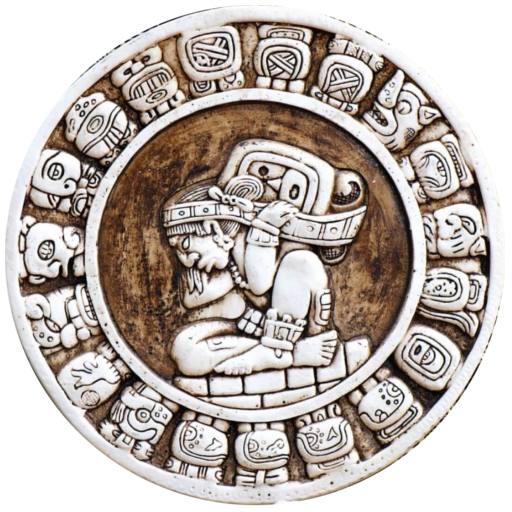Mérida, called The White City because of the limestone color of its buildings, is a place with a warm climate and lush vegetation. It is the capital of the state of Yucatan and the cultural capital of the Yucatan Peninsula. It has a great viceregal history and it’s distinguished by wide central squares, narrow streets and the best museums in the region. Mérida is located in southeastern Mexico and is renowned for the tranquility with which its inhabitants live, who are distinguish themselves by their kindness and hospitality. Mérida was founded by the Spaniards on January 6, 1492 and built over the Mayan city of T'ho. In colonial times Mérida received orders directly from Spain and not from Mexico City. Since then it has had a political and cultural identity different from the rest of the country. During the Caste War, Merida was able to subdue the rebels with the help of the government of Mexico City, in exchange for its independence as a region.
Mérida is a colonial jewel that preserves the charm and natural beauty of the 19th century and at the same time maintains its ancient Mayan traditions and the attractive mystery of the wisdom of its mathematical ancestors and astronomers, manifested in the Mayan ceremonial centers, in the precision of its complex calendar, which allowed them to predict lunar, solar eclipses and the trajectory of Venus, and in their numbering system that includes the zero numeral.
Today’s Mérida is a city of recognized industrial, tourist and commercial importance. The typical craftsmanship of Mérida has important works in liana, carved stone, wood, pottery, silverware and embroidery. Yucatecan cuisine is among the best in the country, represented by lime soup, cochinita pibil, stuffed cheese, papadzules, panuchos, dogfish and bombas.
It is highly recommended to visit:
- Ex convent of the Conventional Nuns.
- House of Montejo.
- Cathedral.
- Government palace.
- Parish of Santiago.
- Paseo Montejo - Regional Museum of Anthropology.
- La Mejorada - Former convent of the Mejorada - Popular Art Museum. -The Arch of the Bridge and the Arch of Dragons.
- Temple of Saint John the Baptist.
- Hermitage of Saint Isabelle.
Excursions:
- Dzibilchaltun
- Cenote Xlacah
- The Temple of the Seven Dolls
- The Open Chapel
- Exhacienda de Yaxcopoil
- Izamal
- Convent of Izamal
- Archaeological Zone of Uxmal
- Celestúm
- Chichen Itza Archaeological Zone
- The Route of the Convents
- Mama
- Maní
- Oxcutzcab
The two ceremonial centers near Mérida deserve special attention:
Chichen Itza Archaeological Zone
Encased in the immense plain of the Yucatan Peninsula is one of the most charming, magical and extraordinary ceremonial centers of antiquity: Chichén Itzá. The soil of this archaeological zone extends in a permeable limestone crust, on an aquifer mantle. In ancient times the crust suffered a collapse, revealing two large water wells or Cenotes, so the city was named after Chi-boca and Chén-pozo, inhabited by the Itza. In the construction of the balanced set of pyramids and temples participated the refined Mayan artists and the warlike Toltec of the Central México Highlands.
Uxmal Archaeological Zone
Amid branches, trunks and vines of a rolling terrain is a fantastic concentration of archaeological monuments that inspire a great sense of grandeur, formed by stately buildings that are named The Quadrangle of the Nuns, The Pyramid of the Fortuneteller, The Game of Ball, El Palomar, The Great Pyramid, The House of Turtles and The Governor's Palace.
Sources
Sources:
- National Geographic. The Maya, vol. 148, NO. 6, December 1975.
- Guía turistica Michelín. México. 2ª edición, 1991
- Lonely Planet Publications. México, 2011.
- http://www.uady.mx/



